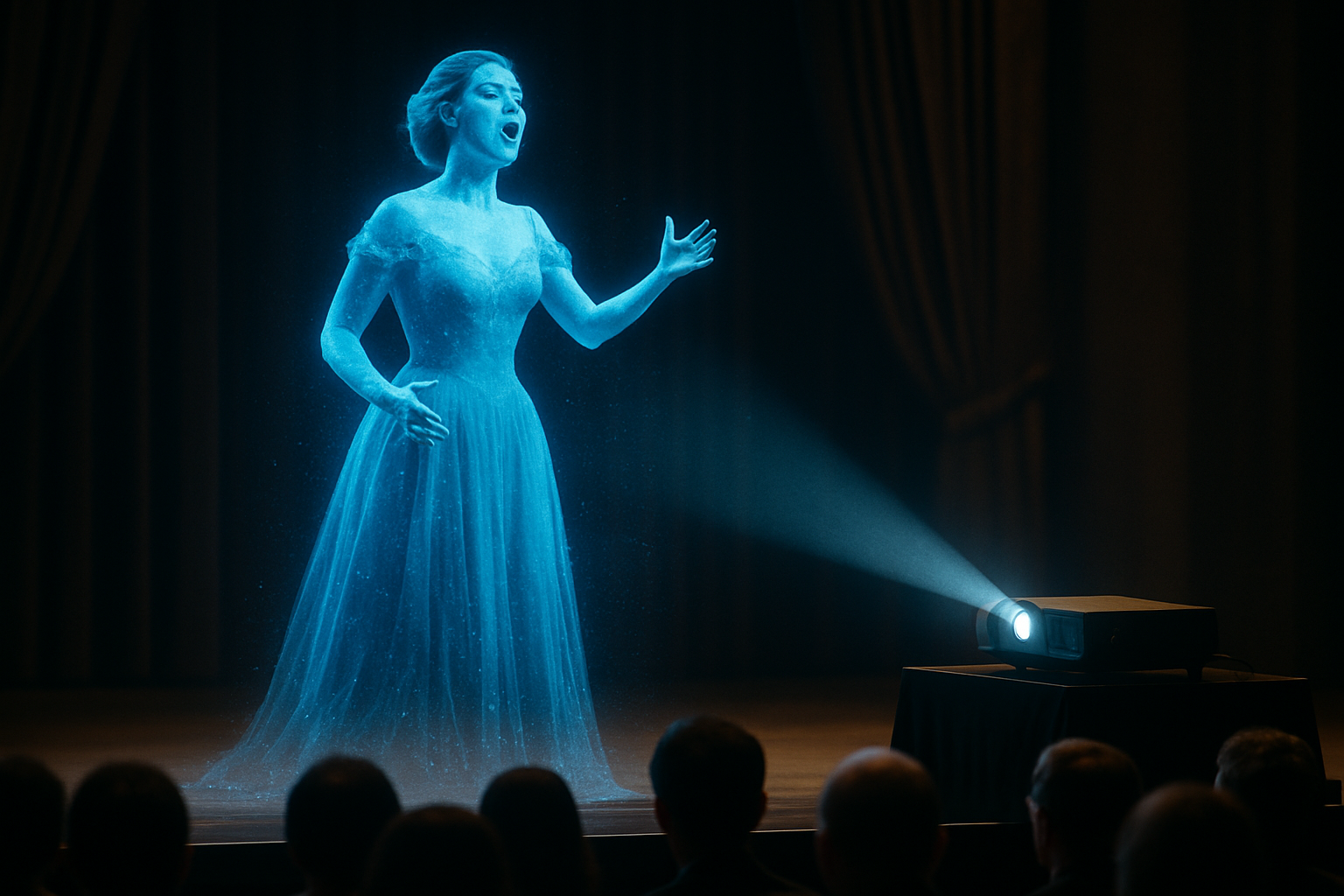Holographic Opera: A New Dimension in Performing Arts
In the ever-evolving landscape of performing arts, a groundbreaking fusion of technology and classical tradition is captivating audiences worldwide. Holographic opera, a cutting-edge approach to one of the oldest forms of musical theater, is revolutionizing the way we experience this timeless art form. By seamlessly blending state-of-the-art holographic projections with live performances, this innovative technique is breathing new life into opera, attracting younger audiences, and pushing the boundaries of creative expression. As holographic opera gains momentum, it's not just changing how we view performances—it's redefining the very essence of theatrical production.

Technological Marvels Behind the Curtain
At the heart of holographic opera lies a complex array of technologies working in harmony. Advanced laser projectors, coupled with specialized holographic screens, create the illusion of three-dimensional objects floating in mid-air. Motion capture technology allows these digital elements to interact convincingly with live performers, while spatial audio systems envelop the audience in a 360-degree soundscape. The result is a mesmerizing blend of the tangible and the virtual, where the boundaries between reality and illusion blur.
Reimagining Classic Repertoire
Holographic technology has opened up new possibilities for staging classic operas. Productions that once required elaborate physical sets and costly period costumes can now be realized with stunning detail and flexibility through digital means. For instance, a recent holographic production of Puccini’s Madama Butterfly transported audiences from a traditional Japanese house to a futuristic cityscape with the flick of a switch, enhancing the narrative’s themes of cultural clash and modernization.
Creating New Operatic Worlds
Beyond reimagining existing works, holographic opera has sparked a renaissance in new compositions tailored specifically for this medium. Composers and librettists are now crafting operas that fully exploit the potential of holographic technology, creating fantastical worlds and characters that would be impossible to realize through traditional means. These new works often blur the lines between opera, visual art, and interactive experiences, pushing the boundaries of what opera can be in the 21st century.
The Audience Experience Transformed
For audiences, holographic opera offers an unparalleled level of immersion and engagement. The technology allows for more dynamic staging, with characters and set pieces that can appear, transform, or vanish in an instant. This visual spectacle, combined with the power of live vocal performances, creates a sensory experience that is truly unique. Moreover, holographic technology enables opera houses to offer multiple perspectives on the same performance, allowing audience members to choose their preferred viewing angle or even move around the space during the show.
Challenges and Controversies
Despite its potential, holographic opera is not without its critics and challenges. Purists argue that the technology detracts from the raw power of live performance, while others raise concerns about the potential for holographic representations to replace live singers entirely. Technical issues, such as the need for specialized venues and the high costs associated with the technology, also present obstacles to widespread adoption. Additionally, there are ongoing debates about copyright and the ethics of digitally recreating deceased performers.
The Future of Holographic Opera
As technology continues to advance, the possibilities for holographic opera seem boundless. Researchers are already exploring ways to incorporate haptic feedback and augmented reality elements, further blurring the line between the digital and physical worlds. Some visionaries even predict a future where holographic operas can be experienced in the comfort of one’s home, with virtual performers appearing in living rooms around the globe.
A New Era for a Timeless Art Form
Holographic opera represents more than just a technological gimmick; it’s a profound evolution of an art form that has captivated audiences for centuries. By embracing cutting-edge technology, opera is finding new ways to tell stories, evoke emotions, and create wonder. As this innovative approach continues to develop and mature, it promises to bring the power and beauty of opera to new generations of audiences, ensuring that this timeless art form remains vibrant and relevant in the digital age.





